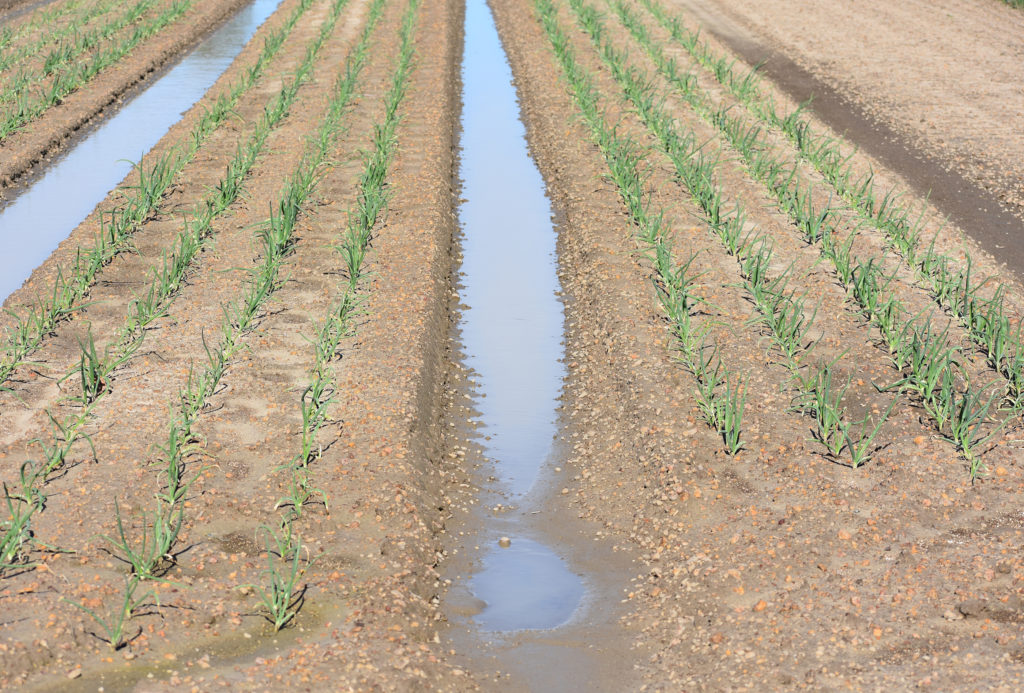By Clint Thompson
Vidalia onion plants suffered significant damage during the Christmas freeze event.

As much as 30% in some fields were impacted by consecutive days of sub-freezing temperatures, according to Chris Tyson, University of Georgia Extension area onion agent at the Vidalia Onion & Vegetable Research Center in Lyons, Georgia. ac
“We know we’ve got significant stand loss, in a lot of fields, anywhere from 10% to 30%. Across the board it wouldn’t surprise me if we had 20% or more stand loss,” Tyson said. “There’s still a lot of unknowns. We’ve got a lot of plants that were hurt by the cold. We’ve seen some over the last few weeks that have slowly died, some that have recovered, and some that are sitting still. We don’t really know what that means yet at harvest. We may have more loss with some of those onions that were hurt.
“There’s always the question of internal damage that’s harder to detect. We don’t really know about that yet.”
Tyson said the plants that suffered the worst damage were those planted in early December. They had not developed strong enough roots to withstand the frigid temperatures. Plants planted in November possessed a stronger root system.
“The biggest stand losses that we can document right now have been in onions that were planted later. What we’ve seen so far is onions that were planted in December seem to be the hardest hit,” Tyson said. “That means they have the highest level of stand loss that we can count at this point. The older onions, the ones that were planted in November, seemed to have survived the freeze better.
“They developed a root. They were bigger, and they were able to withstand more cold.”









